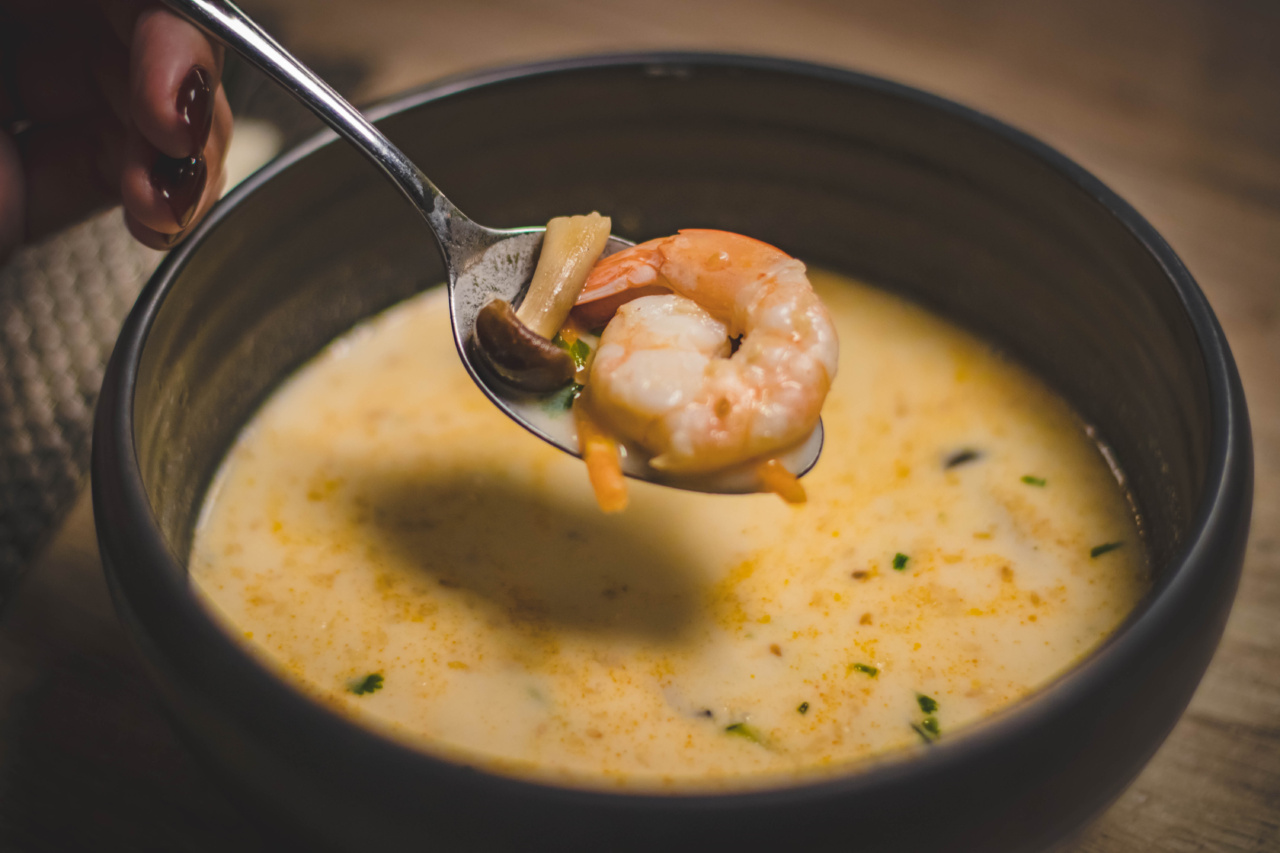For millions of Christians around the world, the season of Lent is a time of reflection, repentance, and sacrifice.
It is a period of forty days leading up to Easter Sunday, during which many people choose to give up certain luxuries or indulge in acts of self-discipline. One common practice during Lent is abstaining from meat and instead consuming seafood. This article aims to serve as a seafood survival guide for those who observe Lent and want to make mindful choices when it comes to their seafood consumption.
Understanding the Tradition of Lent
Lent, derived from the Old English word lencten meaning “spring,” has been observed by Christians for centuries. It is seen as a season of spiritual preparation and a time to reflect on the life, death, and resurrection of Jesus Christ.
Many Christians choose to give up something during Lent as a symbolic act of self-sacrifice, mirroring Jesus’ forty days of fasting in the desert. Abstaining from meat and consuming seafood is a common practice during this period.
The Benefits of Seafood
Seafood offers numerous health benefits, making it an excellent choice for those observing Lent. Rich in omega-3 fatty acids, seafood is known to promote heart health, reduce inflammation, and improve brain function.
It is also a great source of lean protein, vitamins, and minerals. By incorporating seafood into your diet during Lent, you can reap these health benefits while observing the traditions of the season.
Exploring Sustainable Seafood Options
When choosing seafood during Lent, it is important to prioritize sustainability. Overfishing, habitat destruction, and bycatch pose significant threats to our oceans and marine life.
To make mindful choices, look for seafood certified by reputable organizations such as the Marine Stewardship Council (MSC) or the Aquaculture Stewardship Council (ASC). These certifications ensure that the seafood you consume comes from sustainable sources that prioritize environmental responsibility and the well-being of aquatic ecosystems.
Types of Sustainable Seafood
There are various types of seafood that are considered sustainable and are excellent choices for your Lenten meals. Here are some examples:.
1. Wild Alaskan Salmon
Wild Alaskan salmon is a fantastic choice for both its taste and sustainability. It is rich in omega-3 fatty acids and has a lower environmental impact compared to farmed salmon.
2. Pacific Sardines
These small, oily fish are packed with nutrients and are an eco-friendly choice. They reproduce quickly and have a low risk of becoming overfished.
3. US Farmed Tilapia
Tilapia from responsible US farms is an affordable and sustainable seafood option. Look for certifications such as ASC or Best Aquaculture Practices (BAP) when purchasing farmed tilapia.
4. Atlantic Mackerel
Atlantic mackerel is a flavorful and sustainable choice. It is high in omega-3 fatty acids and low in mercury levels, making it a healthy option for Lenten meals.
5. Whiteleg Shrimp (Prawns)
When opting for shrimp, choose responsibly sourced whiteleg shrimp. Avoid shrimp imported from countries with poor environmental practices and high instances of illegal, unreported, and unregulated fishing.
Preparing Seafood Mindfully
Once you have selected sustainable seafood, it is essential to prepare it mindfully to enhance its flavors and nutrients while minimizing waste. Here are a few tips for mindful seafood preparation:.
1. Use Whole Ingredients
When cooking seafood, try to use the whole fish or include all the edible parts. This approach reduces waste and allows you to explore different flavors and textures.
2. Opt for Simple Seasonings
Let the natural flavors of seafood shine through by using simple seasonings such as fresh herbs, lemon, garlic, or a dash of olive oil. Avoid heavy sauces that may overpower the delicate taste of the seafood.
3. Try Different Cooking Methods
Experiment with various cooking methods such as grilling, baking, steaming, or pan-searing to discover new ways to enjoy seafood. Each method brings out different flavors and textures, making your Lenten meals exciting and varied.
4. Plan Ahead and Freeze
Buying seafood in bulk and freezing portions can help you reduce food waste and ensure you always have sustainable options on hand. Plan your meals ahead to avoid unnecessary last-minute purchases or impulse buys.
Seeking Community and Sharing Recipes
Observing Lent and consuming seafood can be even more meaningful when shared with others. Connect with your community, both online and offline, to exchange ideas, share recipes, and support one another on your Lenten journeys.
Many websites and social media platforms offer specific groups and forums for individuals observing Lent, allowing you to connect with like-minded individuals from around the world.
Enjoying the Abundance of the Sea
Lent is not about deprivation but rather about self-discipline and mindful choices. Embrace the abundance of sustainable seafood options available and create delicious, nutritious meals that nourish both your body and your soul.
By eating mindfully during Lent, you can observe your religious traditions while contributing to the conservation of our oceans and marine life.






























